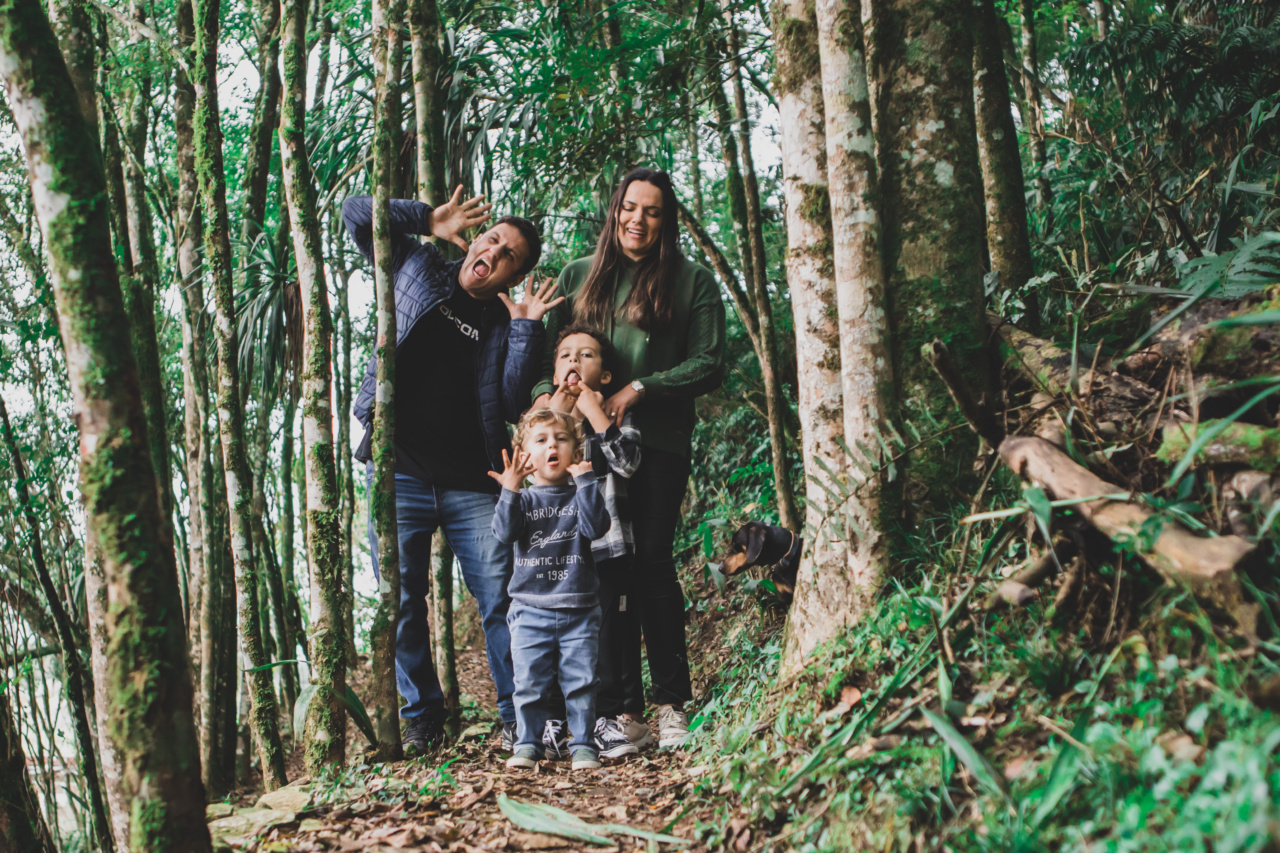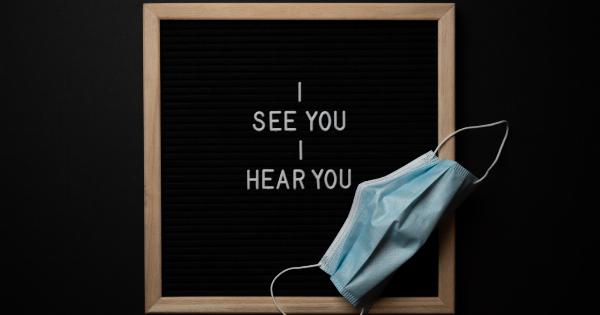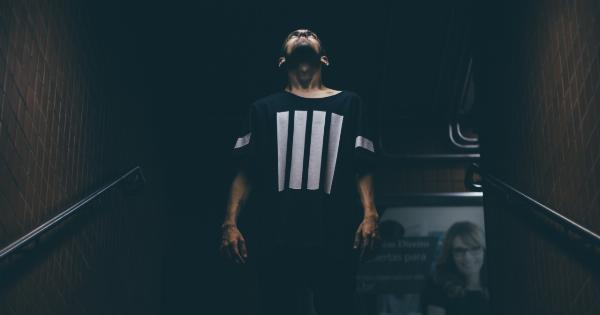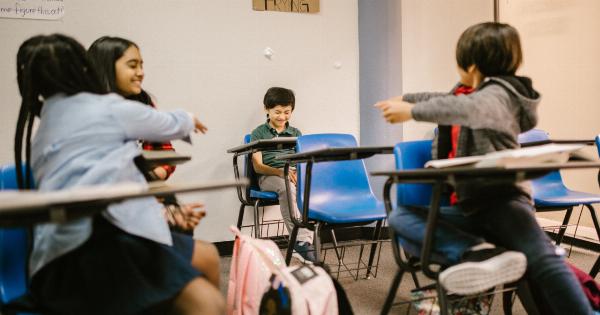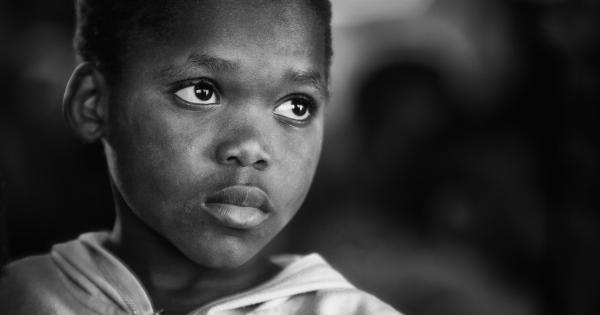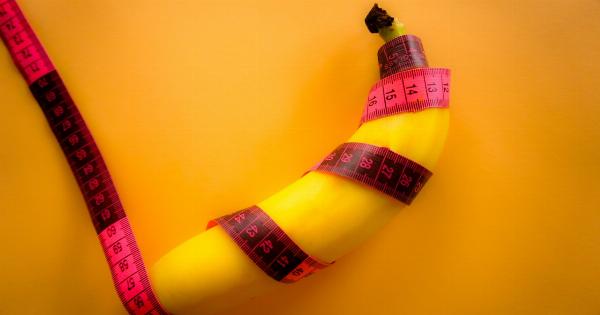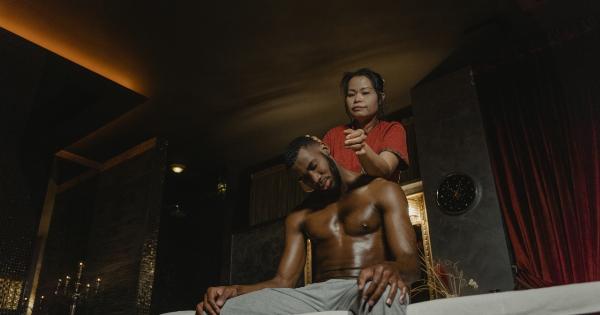As a parent, dealing with lice and nits can be a distressing and frustrating experience. These tiny insects can quickly spread among children, causing itching, discomfort, and embarrassment.
It is essential to have a good understanding of lice and nits, their characteristics, and how to get rid of them effectively. This comprehensive guide will provide you with all the information you need to tackle lice infestations head-on!.
What are Lice and Nits?
Lice are small, wingless insects that can infest the hair and scalp. They are primarily spread through direct head-to-head contact with an infected person, especially among children.
Lice feed on blood from the scalp, causing intense itching and irritation.
Nits, on the other hand, are the eggs laid by lice. They are tiny, oval-shaped and usually range in color from whitish to yellowish. Nits are firmly attached to the hair shaft near the scalp and can be challenging to remove.
Signs and Symptoms
It’s crucial to be able to recognize the signs and symptoms of lice infestation to take prompt action. Common indicators include:.
- Intense itching, especially behind the ears and at the nape of the neck.
- Visible lice or nits in the hair or on the scalp.
- Irritability and difficulty sleeping.
- Small red bumps or sores on the scalp, neck, or shoulders caused by scratching.
Diagnosis and Prevention
If you suspect that your child has lice, it’s essential to perform a thorough examination of the hair and scalp. Use a fine-toothed comb to check for nits or adult lice.
You may also consider using a magnifying glass and good lighting to identify the presence of these tiny insects.
To prevent lice infestations, ensure that your child understands the importance of not sharing personal items like hats, combs, brushes, and headphones with others. Encourage them to avoid head-to-head contact during play or while taking group pictures.
Regularly remind them to maintain good personal hygiene, including regular hairwashing.
Treatment Options
When it comes to treating lice, several options are available. These include:.
- Over-the-counter (OTC) treatments: There are numerous OTC lice shampoos, creams, and lotions available that contain active ingredients like pyrethrin or permethrin. Follow the instructions carefully and repeat the treatment as directed.
- Pediculicides: Prescription-strength pediculicides may be recommended by a healthcare professional if OTC treatments are ineffective. These are stronger formulations that kill both lice and nits.
- Manual removal: This involves combing out the lice and nits using a fine-toothed comb, known as a lice comb. It can be time-consuming but is often necessary to ensure complete removal.
It is important to note that resistance to certain lice treatments is becoming more common. If the chosen treatment does not seem to be effective, consult a healthcare professional for guidance.
Home Remedies and Alternative Treatments
Many home remedies and alternative treatments are often suggested for lice infestations. While some may have anecdotal evidence of efficacy, it’s important to approach them with caution. Popular home remedies include:.
- Mayonnaise or olive oil: Applying these substances to the hair and scalp, covering with a shower cap, and leaving it overnight. The idea is that suffocation will kill the lice. However, scientific evidence to support this claim is limited.
- Essential oils: Certain essential oils, such as tea tree oil and lavender oil, are believed to repel or suffocate lice. Dilute them with a carrier oil and apply to the scalp, but exercise caution as essential oils can be irritating to the skin.
- Vinegar: Rinsing the hair with vinegar is thought to help loosen the nits, making them easier to remove. However, this method may not be as effective as combing with a lice comb.
Always consult your healthcare provider before trying any home remedies or alternative treatments, especially if your child has allergies or sensitive skin.
Preventing Reinfestation
After successfully treating a lice infestation, taking preventive measures is crucial to avoid reinfestation. Follow these tips to minimize the risk:.
- Wash and dry all recently worn clothing, bedding, and towels in hot water and high heat dryer settings.
- Vacuum any upholstered furniture, rugs, and car seats that might have come into contact with lice.
- Encourage your child to hang coats, hats, and scarfs separately to avoid contact with other items.
- Regularly check your child’s hair and scalp for any signs of lice or nits, especially after sleepovers or close contact with others.
Dealing with Social Stigma
It’s essential to remember that lice infestations can happen to anyone, regardless of cleanliness or personal hygiene.
Unfortunately, there is still a social stigma associated with lice, which can cause embarrassment and anxiety for both children and parents. It’s crucial to address the issue openly and educate others on the facts about lice to reduce the stigma.
Reassure your child that having lice does not mean they are dirty or unclean. Emphasize the importance of empathy and understanding among their peers.
By addressing the social aspect of lice infestations, you can help your child navigate through any potential stigmatization.
When to Seek Medical Advice
In most cases, lice infestations can be effectively managed at home. However, there are situations where medical advice should be sought, such as:.
- If the chosen treatment does not seem to be working after multiple attempts.
- When your child has an allergic reaction or severe skin irritation after using lice treatments.
- If other family members or close contacts also develop lice infestations.
- If your child has a weakened immune system or other underlying health conditions.
Always consult a healthcare professional if you have any concerns or questions regarding lice infestations.
In Conclusion
Dealing with lice and nits can be challenging, but armed with the right knowledge and effective treatment methods, you can overcome these pesky intruders.
Remember that early detection, thorough treatment, and preventive measures are key to managing and preventing lice infestations. By being proactive and informed, you can help your child experience a lice-free childhood!.
